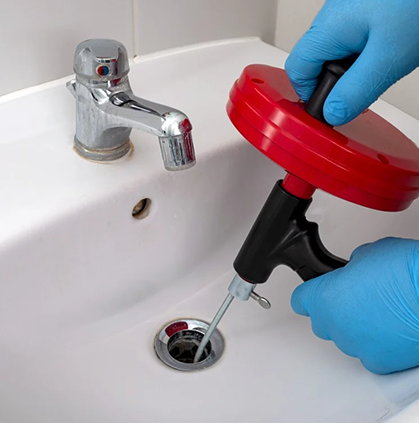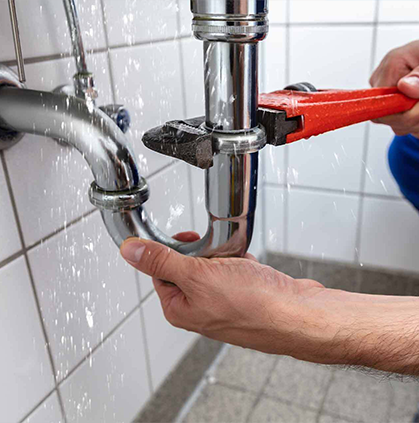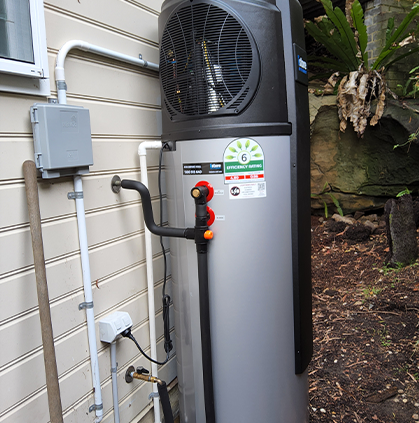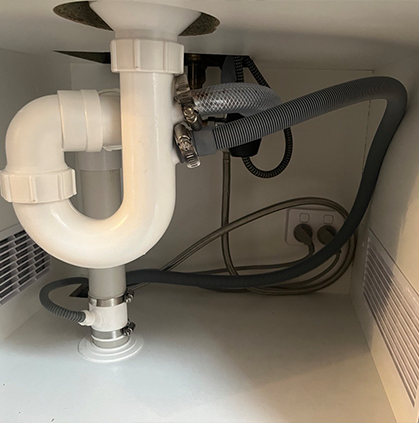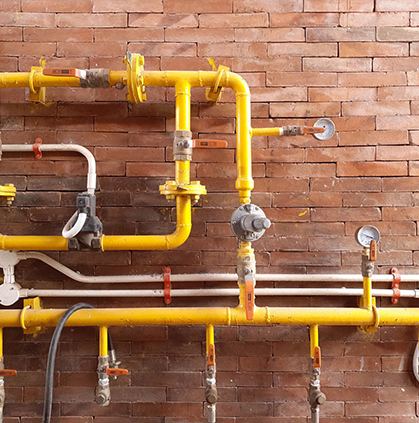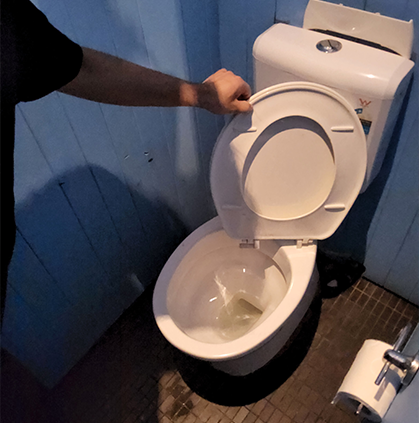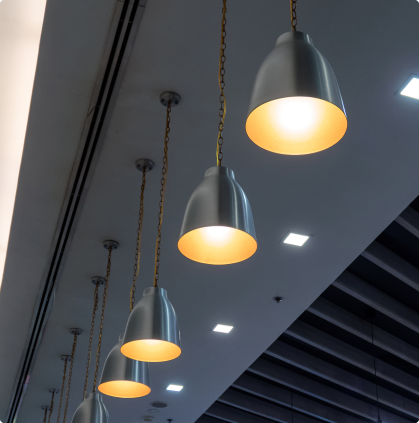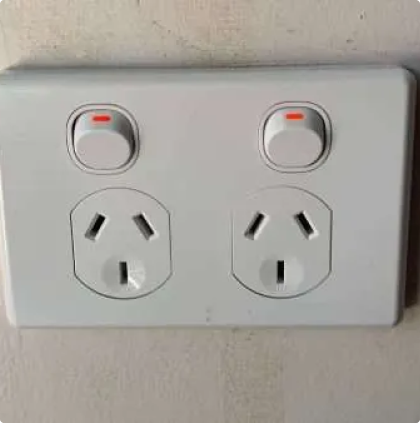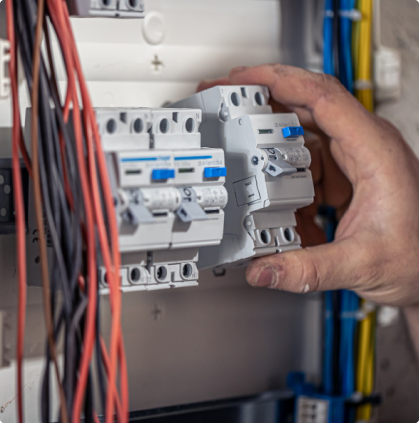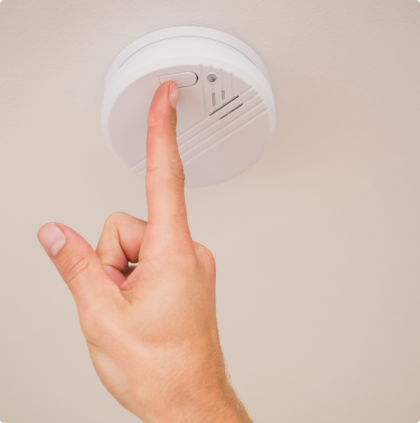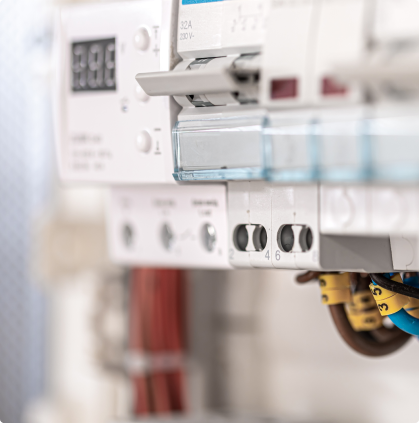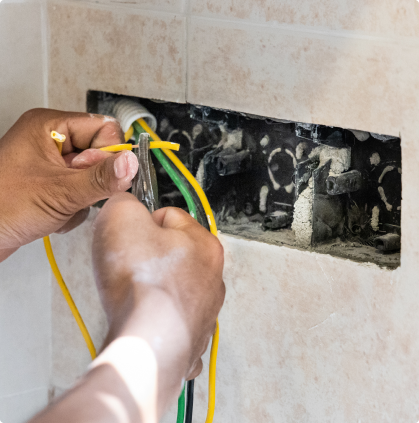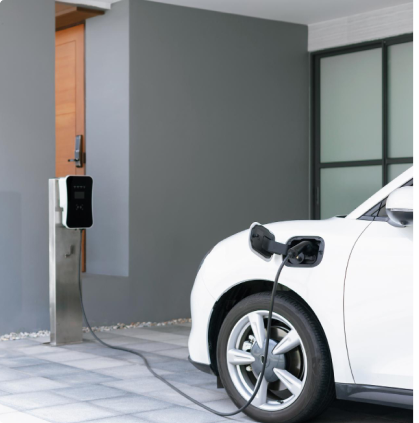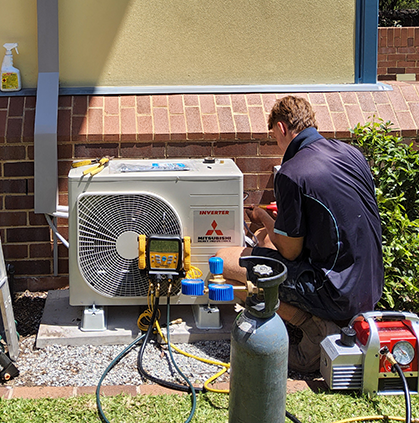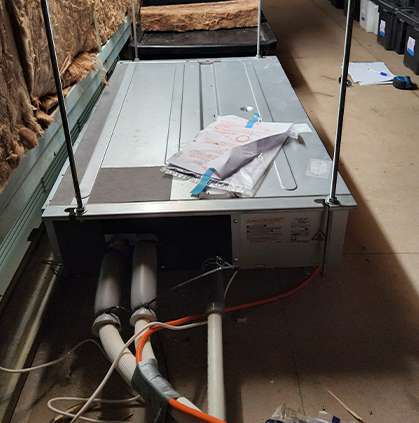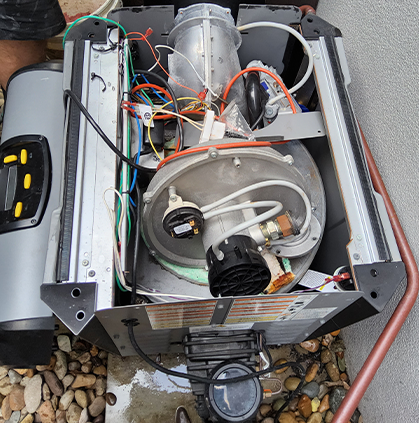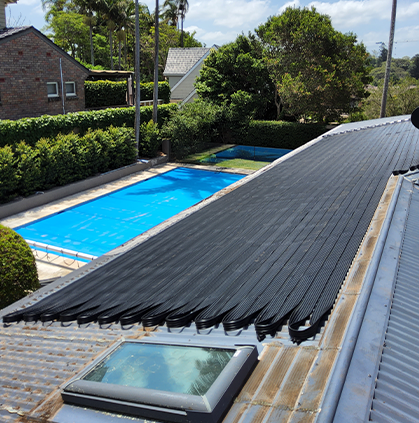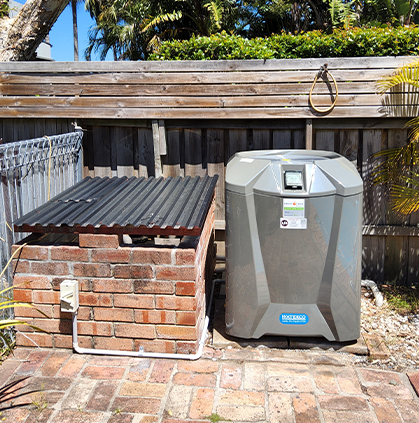Are you surprised to see your electricity bills shooting through the roof? Complaining to your neighbours, unfortunately, won’t solve anything.
However, understanding your heat pump efficiency might just do the trick. After all, the wrong type of heat pump drains not only your energy consumption but also your wallet.
So, here’s the 101 on heat pump efficiency. Spoiler alert, I’ll drop some scientific terms here and there, but I’ll explain them in plain English so you’ll understand in one sitting.
Metrics to Measure Heat Pump Efficiency

Knowing how to determine heat pump efficiency shouldn’t be left only to plumbers. Every homeowner can also benefit from it.
That way, you’ll make better decisions when your unit needs an upgrade or something goes south.
As of now, you probably already know that a heat pump can both cool and heat your home. Due to that, the cooling and heating functions are calculated separately. The most commonly used ratings are:
- Seasonal Energy Efficiency Rating (SEER 2). This measures how much cooling you get for the electricity you use during summer. A higher SEER2 score usually translates to lower power bills.
- Heating Seasonal Performance Factor 2 (HSPF2). When SEER2 focuses on cooling efficiency during the summer, HSPF2 deals with heating efficiency during winter.
- Coefficient of Heat Performance. This tells you how efficiently a device like an air conditioner, heat pump, or refrigerator uses electricity to move heat from one place to another.
So, those are the typical metrics for heat pumps in residential homes. But if you’re in an industrial setting, such as geothermal rigs, you’ll need to take into account another metric known as Energy Efficiency Ratio 2 (EER2).
Put simply, EER2 compares how much cooling output (in BTUs per hour) the unit produces VS how much electricity (in watts) it uses under the toughest test conditions, such as higher external air pressure.
Nationwide Energy Efficiency Standard
Do you know that every appliance and equipment you use must actually meet the Minimum Energy Performance Standards (MEPS) set by the government of Australia?
All of those are outlined under the Greenhouse Energy Minimum Standards Act (GEMS Act) in 2012. The requirements set the lowest acceptable energy performance to ensure the products use less energy and cost less to run over their lifetime.
These standards were developed by the Australian as well as New Zealand governments, so they’ll apply in both regions.

First in line is unit capacity. The Australian government rates the label in kW to measure the amount of heating or cooling the unit can deliver to the room.
| Condition (Outdoor Temp) | Capacity Type | Capacity (kW) |
| 35 °C | Cooling | 4.00 kW |
| 7 °C | Heating | 5.50 kW |
| 2 °C | Heating | 8.80 kW |
Next up is energy efficiency by climate zone. The Australian government labels some regions as hot, average, and cold.
Meanwhile, the cooling stars determine the cooling efficiency in that climate zone. More stars mean more efficient cooling for the amount of electricity used.
For instance, one unit can have 4.5 stars in a hot region but 5 stars in a cold region.
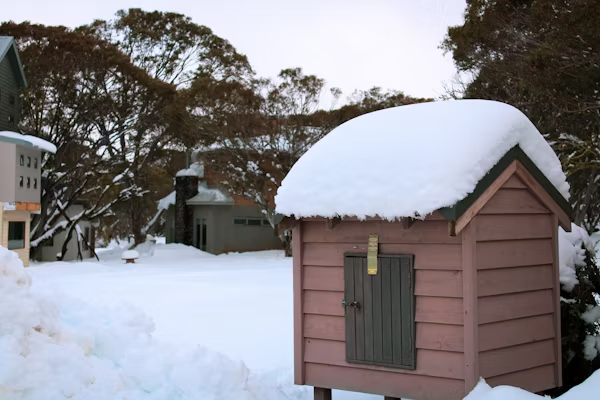
Then there are heating stars, which are similar to how cooling stars work, but they measure heating efficiency instead.
Here’s how it all boils down:
| Region | Cooling Stars | Heating Stars | Cooling Energy Use (kWh/yr) | Heating Energy Use (kWh/yr) |
| HOT (Brisbane, Darwin, Pacific) | ⭐⭐⭐⭐½ | ⭐⭐⭐½ | 933 | 93 |
| AVERAGE (Adelaide, Perth, Sydney) | ⭐⭐⭐⭐½ | ⭐⭐⭐ | 315 | 619 |
| COLD (Canberra, Hobart, Melbourne, New Zealand) | ⭐⭐⭐⭐ | ⭐⭐⭐ | 205 | 1568 |
Finally, there are noise levels. As you know, almost every equipment, even the pump in your solar pool heating, produces noise. Even if it’s minimal, you should check that the noise level stays below the dB(A) limits set by the Australian government.
| Mode | Noise (dB(A)) |
| Indoor | 49 dB(A) |
| Outdoor | 59 dB(A) |
If your heat pump for your pool makes louder or tougher noises and it no longer hums or whooshes, it might be time for pool heating services. There might be underlying problems, like loose or broken fan blades or debris stuck in the outdoor unit. You never know until you check!
FAQ
Some questions about heat pump efficiency, answered.
What is a heat pump efficiency formula?
It depends on the energy in use. If it’s SEER2, you want to calculate the total amount of heat removed from the home during the cooling season, divided by the total hours the equipment operates in that period.
For HSPF2, you need to compare the total heat delivered throughout the heating season with the total electricity used, while also factoring in changes in outdoor temperatures.
For accurate results, you can also use any online heat pump efficiency calculator rather than counting manually.
Are heat pumps more efficient than HVAC systems?
Yes. Heat pumps are generally more energy-efficient than traditional HVAC systems such as furnaces and boilers. These older appliances move heat instead of creating it.
For instance, a refrigerator produces more heat energy than the electricity it consumes, which lowers energy bills over time.
Some models can even reach efficiencies above 300%, supplying three units of heat for every unit of electricity used.
What factors influence heat pump efficiency?
Outdoor and indoor temperatures influence your heat pump efficiency. The unit tends to work harder and become less efficient in extreme cold or heat.
The size and the capacity of the unit also play an important role. An undersized or oversized system will only waste energy. Another crucial factor is the installation quality. Poor sealing will only reduce performance and shorten the lifecycle.
Conclusions
If you’d like your heat pump to work efficiently, make sure to install it with the pros. Experts at Lightning Bult have years under their belt in installing systems for residential units, offices, or industrial buildings. Contact us today!



